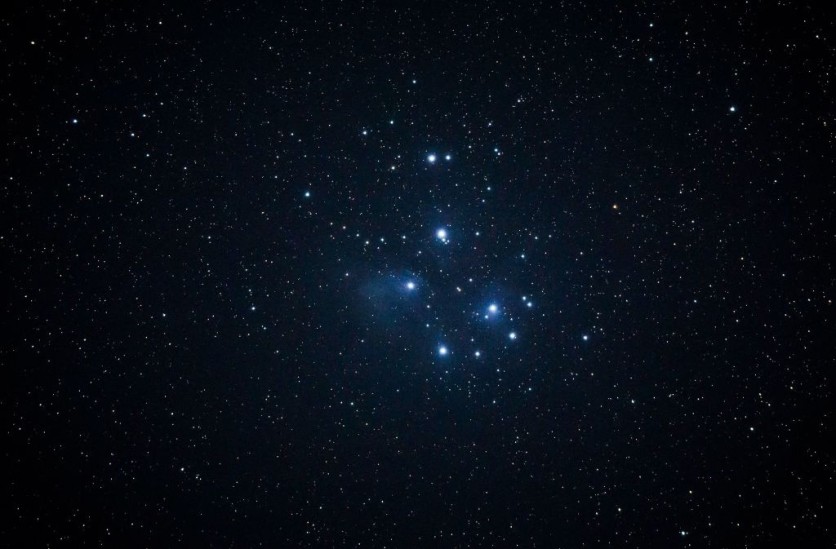Astronomers from the China West Normal University have detected 1,656 new star clusters in the Milky Way, as reported by PhysOrg.

Star Clusters (SCs) are large chunks of stars that are bound to each other gravitationally. They are important in studying the evolution of stars and the structure of the Milky Way galaxy.
The discovery of the new SCs is based on the Early Third Data Release (EDR3) from Gaia that improved the overall SC identified with this satellite to almost 6,000. It delivers more abundant stellar radial velocity, allowing astronomers to study cluster membership and kinematics.
The astronomers are focused on searching for SCs that were concentrated in position and motion in the disk of the galaxy. They conducted a blind search of the galactic plane beyond 3,900 light years from the solar system based on the EDR3. They used DBSCAN, which is widely used in cluster searches.
The photometric data of the new SC sample indicate that they showed the appearance of conventional cluster Color-Magnitude Diagrams (CMDs), as well as their sizes and proper motion dispersions, are consistent with the currently identified clusters.
The new SCs were found within 16,000 light years away from the Earth and are older than those found at closer distances. These SCs also have suffered from a greater degree of extinction compared to nearby SCs. With this, astronomers believe that there are still many undiscovered clusters hidden from Gaia's view.
The study also identified a cluster that resembles a globulas cluster that was named CWNU 1944. It is located 12,600 light years away and has evolved stars.
Star Clusters
Star clusters are very important objects in studying the evolution of our galaxy, especially in identifying stellar populations and their kinematic properties. One of the important properties of a star cluster is its age, which will tell us about the evolutionary status of the galaxy.
Star clusters are bound together by the gravity of the stars that compose them. The tidal forces from the Milky Way galaxy also contribute to their formation. Most of the star clusters are visible by the naked eye but are so far away that their light peaks in the infrared.
Star clusters are also important in studying individual stars as they provide an environment in which we can study star properties. They may also contain some of the oldest stars in the galaxy. The stars in these clusters have usually been together for billions of years and are very tightly bound.
Other properties of a star cluster that astronomers can learn about with the help of Gaia include its velocity, size, and the number of stars in it. This data will then be able to help us understand how the stars were formed in the galaxy and how long they will remain in the cluster.
This article is owned by Tech Times
Written by April Fowell
ⓒ 2025 TECHTIMES.com All rights reserved. Do not reproduce without permission.




